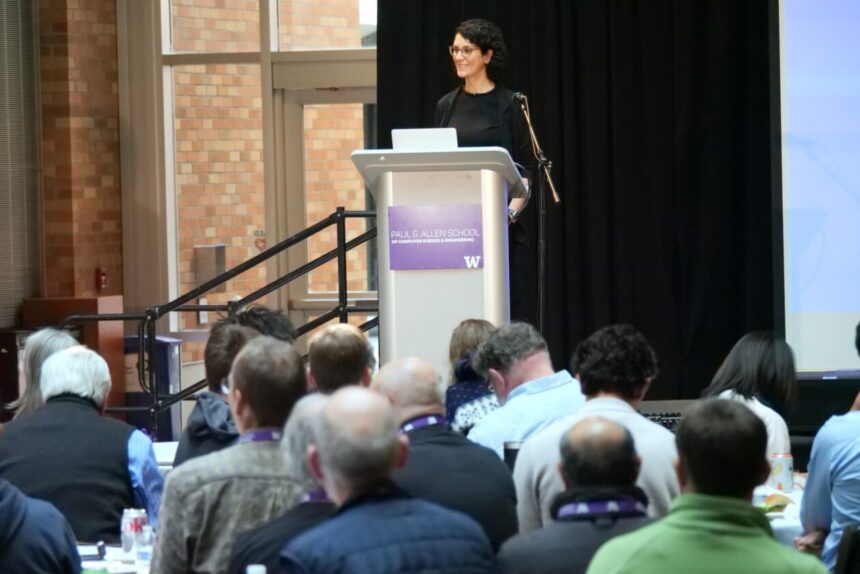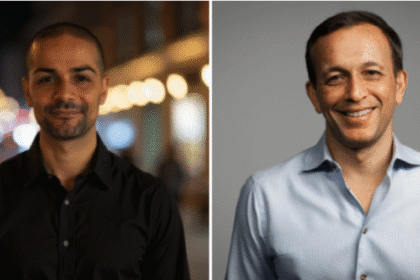OpenAI’s new models may be “open-weight,” but a leading artificial intelligence research institute says they aren’t nearly open enough, asserting that the release highlights the ongoing question of what transparency in AI really means.
That’s the view of Hanna Hajishirzi, senior director of AI at the Seattle-based Allen Institute for AI (AI2) and a professor at the University of Washington.
In a statement after OpenAI’s announcement, Hajishirzi said AI2 is “excited to see OpenAI has joined the efforts to release more ‘open source’ models,” but added that the move “brings into focus the unresolved debate over what constitutes meaningful openness in AI.”
“At Ai2, we believe that meaningful progress in AI is best achieved in the open — not just with open weights, but with open data, transparent training methods, intermediate checkpoints from pre-training and mid-training, and shared evaluations,” she stated.
For its part, OpenAI did release significant details about the models’ architecture, including that they are transformers that use a Mixture-of-Experts (MoE) framework to reduce the number of active parameters needed for processing. The company also provided specifics on the models’ layers, total and active parameters, and the number of experts.
However, on the subject of training data, OpenAI did not release its proprietary dataset, noting only that it had a “focus on STEM, coding, and general knowledge.”
This contrasts with AI2’s call for open data as a key pillar of transparency.
OpenAI’s announcement did highlight a specific commitment to transparency in one area: the model’s reasoning process. The company said it intentionally avoided direct supervision of the model’s “chain-of-thought” (CoT) process to allow researchers to better monitor for misuse and deception. OpenAI stated its hope is that this “gives developers and researchers the opportunity to research and implement their own CoT monitoring systems.”
OpenAI also announced it is hosting a $500,000 Red Teaming Challenge to encourage researchers to find novel safety issues. The company said it will “open-source an evaluation data set based on validated findings, so that the wider community can immediately benefit.”
In the U.S., Facebook parent Meta has championed open-weight models since releasing the first of its Llama series in 2023. However, CEO Mark Zuckerberg has signaled the company may move away from open-source for future models, citing potential safety concerns.
The competitive landscape for open-weight models was also shaken up earlier this year when the Chinese startup DeepSeek stunned Silicon Valley with the release of its open-weight AI technology, demonstrating the effectiveness of cheaper AI models.
Ai2’s Hajishirzi contrasted OpenAI’s release with AI2’s own fully open models, like OLMo, which include tools that provide full visibility into their training data.
Hajishirzi called this a “pivotal moment for the industry to align on deeper, more verifiable standards of openness that foster collaboration, accelerate innovation, and expand access for everyone.”
She added, “Now more than ever, we must rethink how AI is developed – where transparency, reproduciblity, and broad access are essential to form the foundation for sustainable innovation, public trust, and global competitiveness in AI.”
Read the full article here










